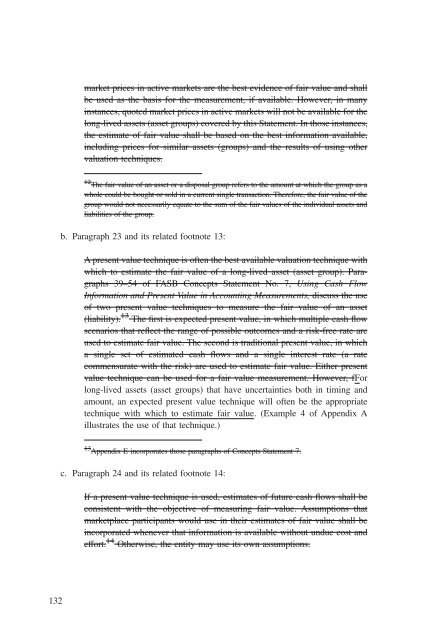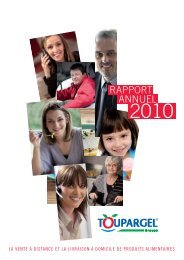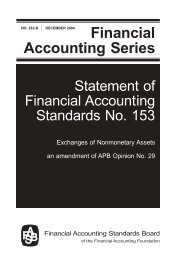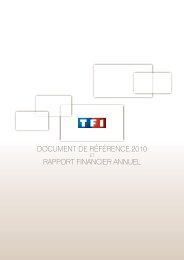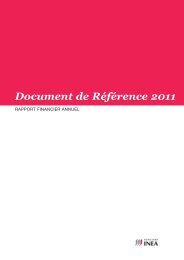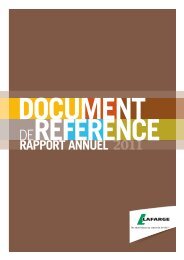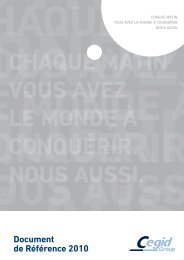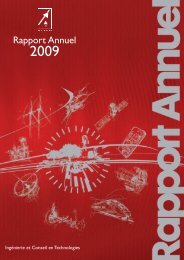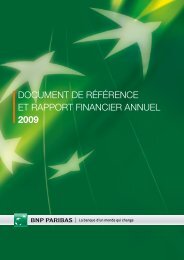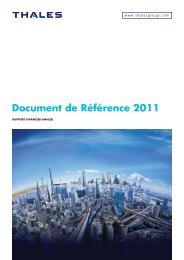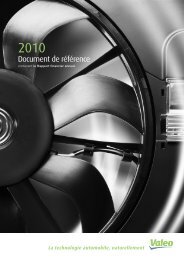Statement of Financial Accounting Standards No. 157 - Paper Audit ...
Statement of Financial Accounting Standards No. 157 - Paper Audit ...
Statement of Financial Accounting Standards No. 157 - Paper Audit ...
Create successful ePaper yourself
Turn your PDF publications into a flip-book with our unique Google optimized e-Paper software.
market prices in active markets are the best evidence <strong>of</strong> fair value and shall<br />
be used as the basis for the measurement, if available. However, in many<br />
instances, quoted market prices in active markets will not be available for the<br />
long-lived assets (asset groups) covered by this <strong>Statement</strong>. In those instances,<br />
the estimate <strong>of</strong> fair value shall be based on the best information available,<br />
including prices for similar assets (groups) and the results <strong>of</strong> using other<br />
valuation techniques.<br />
12 The fair value <strong>of</strong> an asset or a disposal group refers to the amount at which the group as a<br />
whole could be bought or sold in a current single transaction. Therefore, the fair value <strong>of</strong> the<br />
group would not necessarily equate to the sum <strong>of</strong> the fair values <strong>of</strong> the individual assets and<br />
liabilities <strong>of</strong> the group.<br />
b. Paragraph 23 and its related footnote 13:<br />
A present value technique is <strong>of</strong>ten the best available valuation technique with<br />
which to estimate the fair value <strong>of</strong> a long-lived asset (asset group). Paragraphs<br />
39–54 <strong>of</strong> FASB Concepts <strong>Statement</strong> <strong>No</strong>. 7, Using Cash Flow<br />
Information and Present Value in <strong>Accounting</strong> Measurements, discuss the use<br />
<strong>of</strong> two present value techniques to measure the fair value <strong>of</strong> an asset<br />
(liability). 13 The first is expected present value, in which multiple cash flow<br />
scenarios that reflect the range <strong>of</strong> possible outcomes and a risk-free rate are<br />
used to estimate fair value. The second is traditional present value, in which<br />
a single set <strong>of</strong> estimated cash flows and a single interest rate (a rate<br />
commensurate with the risk) are used to estimate fair value. Either present<br />
value technique can be used for a fair value measurement. However, fFor<br />
long-lived assets (asset groups) that have uncertainties both in timing and<br />
amount, an expected present value technique will <strong>of</strong>ten be the appropriate<br />
technique with which to estimate fair value. (Example 4 <strong>of</strong> Appendix A<br />
illustrates the use <strong>of</strong> that technique.)<br />
13 Appendix E incorporates those paragraphs <strong>of</strong> Concepts <strong>Statement</strong> 7.<br />
c. Paragraph 24 and its related footnote 14:<br />
If a present value technique is used, estimates <strong>of</strong> future cash flows shall be<br />
consistent with the objective <strong>of</strong> measuring fair value. Assumptions that<br />
marketplace participants would use in their estimates <strong>of</strong> fair value shall be<br />
incorporated whenever that information is available without undue cost and<br />
effort. 14 Otherwise, the entity may use its own assumptions.<br />
132


